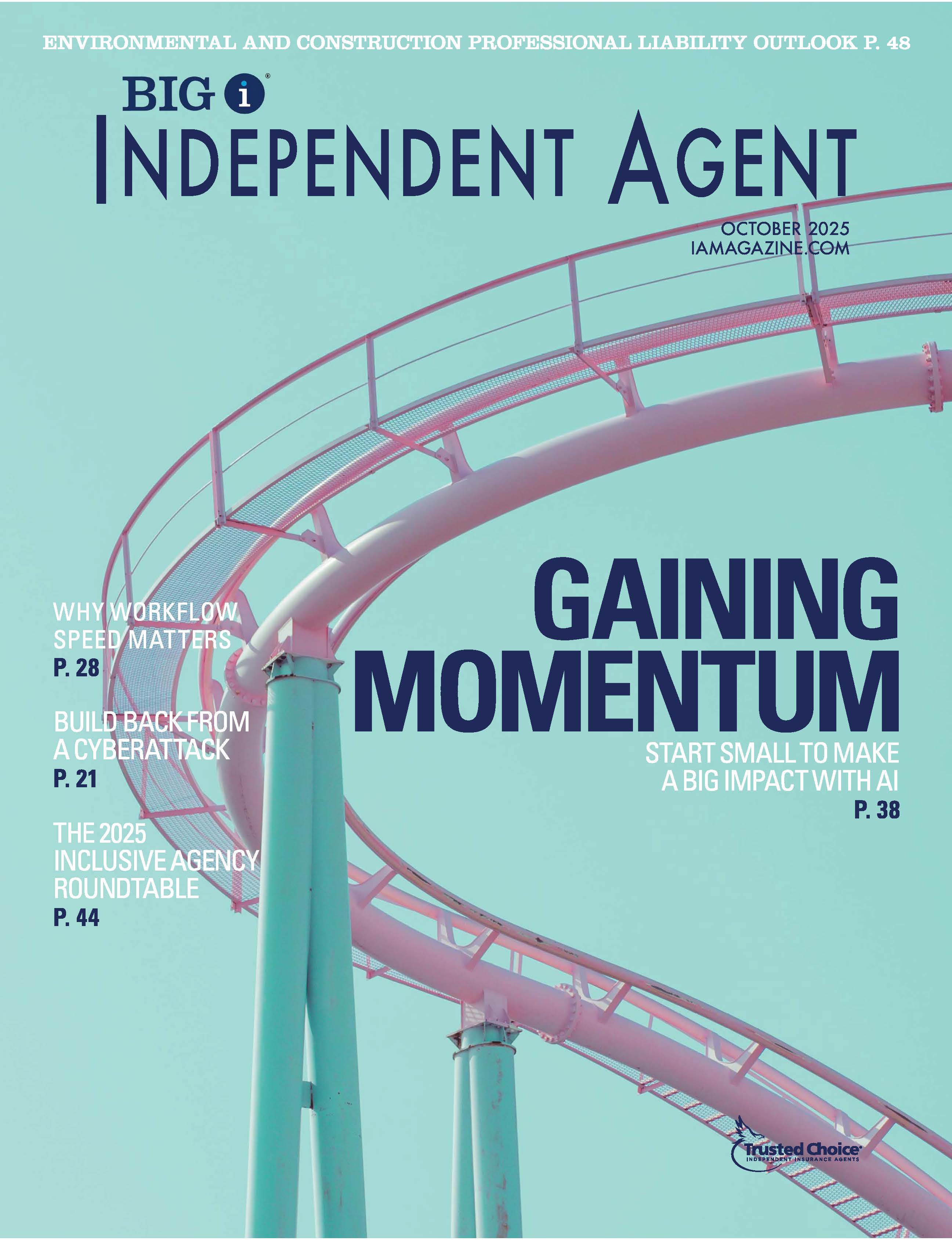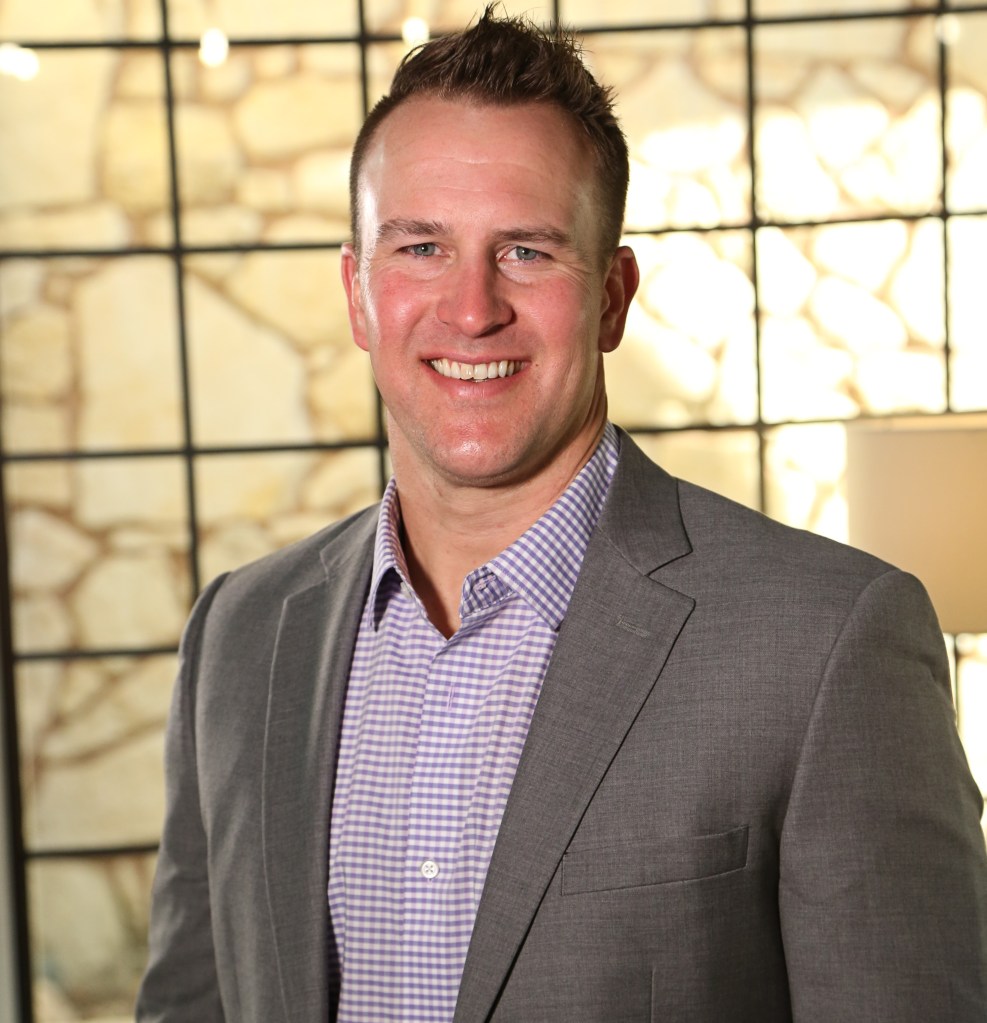Public Entities Face Elevated Premiums and Reduced Capacity

A recent analysis by The Council of Insurance Agents & Brokers (CIAB) shows that premiums across all commercial property & casualty account sizes increased by an average of 5.4% in 2024. The fourth quarter of 2024 was the 29th consecutive quarter of premium increases across all account sizes, the report said.
However, the public entities market “continues to see price renewal increases between the high single digit and the mid double-digits,” says Bradley York, specialty programs director, Risk Placement Services (RPS). “We are also seeing some restricting terms and conditions, which are in favor of the carrier and not in favor of the client.”
Public entities play a critically important role in society, providing essential functions and services. Because of this important role, these entities are susceptible to a high level of scrutiny, particularly as the risks they face continue to evolve.
With adverse impacts from social inflation, litigation funding and heightened safety expectations, the public entities insurance market is in a hard market with increased premiums and reduced limits.
More on Public Entities
“For the first time in my 34 years of working with public entities, they have become the target of plaintiff attorneys,” says Scott Rohr, divisional president, public sector, Great American Insurance Group. “There are legitimate injuries and losses that occur on school premises or within the boundaries of a municipality, but the verdicts and settlements for these losses have exponentially increased.”
While the property market had long been the driving force behind rising premiums in the public entities market, with many valuations inadequate, it has mostly stabilized. “Now, what we’re seeing is the continued erosion on the casualty side, which is what’s driving the compression,” York says. “And with social inflation, claims are costing a lot more money than everybody thought they should, causing the market to underestimate the total cost of claims year over year.”
Further, third-party litigation funding “seems to have fueled plaintiff attorneys to go all in for large awards, leading to dramatically increased public entity premiums over the last several years,” Rohr says. “As a result, coverage and capacity have become more restrictive as underwriters try to stay even or ahead of the new normal legal environment.”
Carriers are requiring “increased co-participation, meaning the deductibles are increasing, or there’s a significant push to moving clients to a completely different structure known as a self-insured retention,” York says. “This is why clients need to really be working with somebody who understands this business.”
“There are many similar or common characteristics that public entities share, but each entity is also unique,” Rohr says. “Agents should spend time understanding what makes their client different and share that with underwriters and carriers.”
Like all entities, public entities must manage and mitigate their exposures. Agents can play a key role in assisting with this. “Agents should start by understanding what the clients’ exposures are and the risks they face—that’s kind of taking off the blinders,” York says. “The exposures for each public entity are rather unique, so just understanding where you need to make those investments is key.”

Agent Toolkit: Combat Legal System Abuse
Agents can assist clients by “being more acutely aware of what has been driving entities’ losses and engaging in risk control services from carriers, if available,” York says.
Certain exposure areas should also be reviewed. Cyber liability in particular is crucial because “public entities have become targets of all types of cyberattacks,” Rohr says. “Gone are the days of trying to rely on the liability coverage to pick up this exposure. Most package coverages now exclude cyber liability.”
Lastly, the public entity segment has “a litany of exposures and is one of the most complicated exposures that’s out there when you consider how many specialized lines of business they need to provide adequate protection for,” York says. “Partnering with someone who truly understands the segment is a vantage point that will make a local agent shine.”
Olivia Overman is IA content editor.











